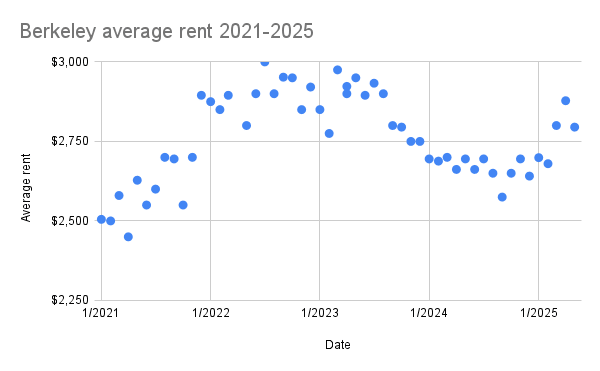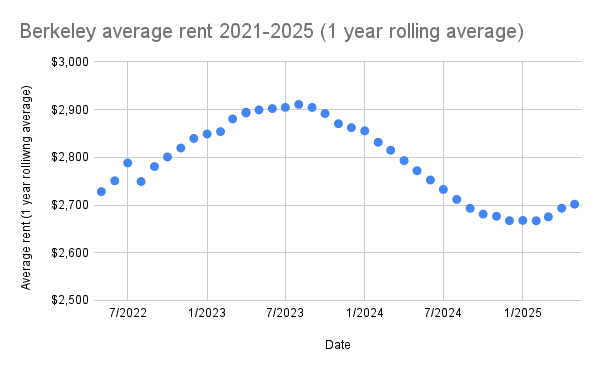- Co-Executive Director at ML Alignment & Theory Scholars Program (2022-present)
- Co-Founder & Board Member at London Initiative for Safe AI (2023-present)
- Manifund Regrantor (2023-present) | RFPs here
- Advisor, Catalyze Impact (2023-present) | ToC here
- Advisor, AI Safety ANZ (2024-present)
- Ph.D. in Physics at the University of Queensland (2017-2023)
- Group organizer at Effective Altruism UQ (2018-2021)
Give me feedback! :)
Posts
Wikitag Contributions
I am a Manifund Regrantor. In addition to general grantmaking, I have requests for proposals in the following areas:
- Funding for AI safety PhDs (e.g., with these supervisors), particularly in exploratory research connecting AI safety theory with empirical ML research.
- An AI safety PhD advisory service that helps prospective PhD students choose a supervisor and topic (similar to Effective Thesis, but specialized for AI safety).
- Initiatives to critically examine current AI safety macrostrategy (e.g., as articulated by Holden Karnofsky) like the Open Philanthropy AI Worldviews Contest and Future Fund Worldview Prize.
- Initiatives to identify and develop "Connectors" outside of academia (e.g., a reboot of the Refine program, well-scoped contests, long-term mentoring and peer-support programs).
- Physical community spaces for AI safety in AI hubs outside of the SF Bay Area or London (e.g., Japan, France, Bangalore).
- Start-up incubators for projects, including evals/red-teaming/interp companies, that aim to benefit AI safety, like Catalyze Impact, Future of Life Foundation, and YCombinator's request for Explainable AI start-ups.
- Initiatives to develop and publish expert consensus on AI safety macrostrategy cruxes, such as the Existential Persuasion Tournament and 2023 Expert Survey on Progress in AI (e.g., via the Delphi method, interviews, surveys, etc.).
- Ethics/prioritization research into:
- What values to instill in artificial superintelligence?
- How should AI-generated wealth be distributed?
- What should people do in a post-labor society?
- What level of surveillance/restriction is justified by the Unilateralist's Curse?
- What moral personhood will digital minds have?
- How should nations share decision making power regarding transformative AI?
- New nonprofit startups that aim to benefit AI safety.
Makes you wonder if there's some 4D chess going on here. Occam's razor suggests otherwise, though. And if true, this seems wholly irresponsible, given that AI risk skeptics can just point to this situation as an example that "even if we do no safety testing/guardrails, it's not that bad! It just offends a few people." It seems hard to say which direction this will impact SB 53, for example.
I'm open to this argument, but I'm not sure it's true under the Trump administration.
Not sure this is interesting to anyone, but I compiled Zillow's data on 2021-2025 Berkeley average rent prices recently, to help with rent negotiation. I did not adjust for inflation; these are the raw averages at each time.


I definitely think that people should not look at my estimates and say "here is a good 95% confidence interval upper bound of the number of employees in the AI safety ecosystem." I think people should look at my estimates and say "here is a good 95% confidence interval lower bound of the number of employees in the AI safety ecosystem," because you can just add up the names. I.e., even if there might be 10x the number of employees as I estimated, I'm at least 95% confident that there are more than my estimate obtained by just counting names (obviously excluding the 10% fudge factor).
So, conduct a sensitivity analysis on the definite integral with respect to choices of integration bounds? I'm not sure this level of analysis is merited given the incomplete data and unreliable estimation methodology for the number of independent researchers. Like, I'm not even confident that the underlying distribution is a power law (instead of, say, a composite of power law and lognormal distributions, or a truncated power law), and the value of seems very sensitive to data in the vicinity, so I wouldn't want to rely on this estimate except as a very crude first pass. I would support an investigation into the number of independent researchers in the ecosystem, which I would find useful.
By "upper bound", I meant "upper bound on the definite integral ". I.e., for the kind of hacky thing I'm doing here, the integral is very sensitive to the choice of bounds . For example, the integral does not converge for . I think all my data here should be treated as incomplete and all my calculations crude estimates at best.
I edited the original comment to say " might be a bad upper bound" for clarity.
It's also worth noting that almost all of these roles are management, ML research, or software engineering; there are very few operations, communications, non-ML research, etc. roles listed, implying that these roles are paid significantly less.
Why does the AI safety community need help founding projects?